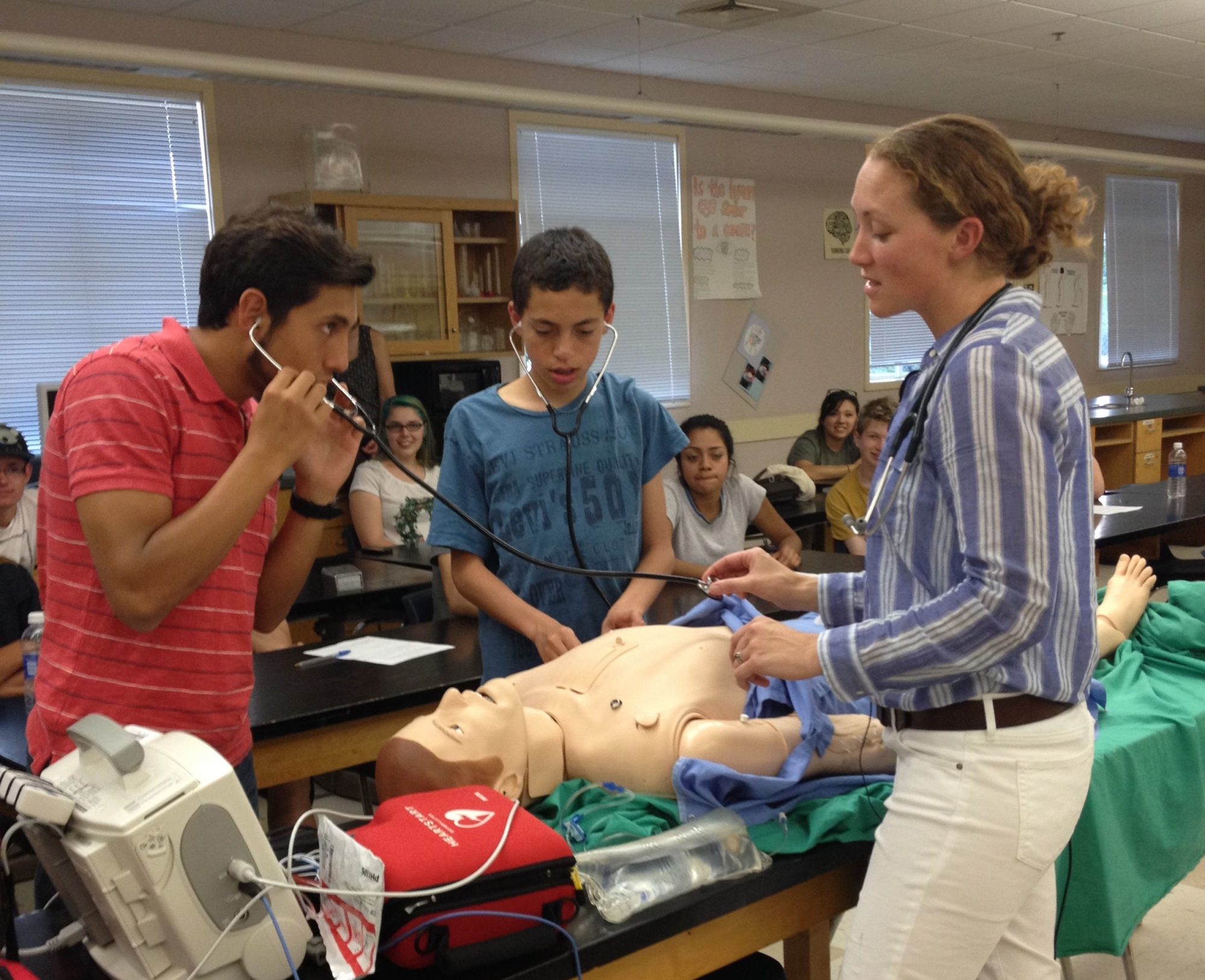Chemosynthesis In the Deep Sea
by Jane Casto, MSS Intern, Terra Linda High School
The deep sea- where cold, stable pressures and darkness rule. Within that darkness lies life; a broad spectrum of biodiversity. The most fascinating thing about the deep sea, however, lays within what goes against lifeforms on land.
On land, plants and animals alike require some form of energy. The same is true in the deep sea, but one thing, particularly about plants, is quite different. Photosynthesis, the process plants use to turn sunlight into usable energy through chlorophyll, is almost always the method that plants use to get said energy. However, in the deep sea, quite a difference can be seen with that process.
One of the reasons as to why deep sea ecosystems, such as hydrothermal vents, do not use the process of photosynthesis is obvious. Little sunlight reaches that far down into the ocean. With that in mind, however, the question presents itself: how do these ecosystems get their energy?
Jenna Judge has studied just that. Her research has been following Marine Biology, specifically the deep sea and, our answer, chemosynthesis. Chemosynthesis is the process in which energy is obtained by reactions of inorganic chemicals, occurring within bacteria and other living organisms.
“Chemosynthesis also seems to be fueling ecosystems at organic substrates, such as whale falls and wood falls.” Jenna said during her presentation,
Patterns of Specialization in the Deep Sea, “We found that rather than sunlight fueling this reaction, it’s reduced molecules such as sulfide, and in other cases, methane, than can fuel these microbial metabolisms.”
According to
wiseGEEK.org, the process relies on oxidation, or redox reactions. Organisms, namely bacteria and those that belong to the kingdom archea, use chemosynthesis to manufacture food. This food is used as a carbohydrate, made of carbon dioxide and water, rendering it usable for the bacteria just as a carbohydrate would be usable to us.
While the deep sea is one of the most extreme examples of chemosynthesis, believe it or not, chemosynthesis is also found on land. The key is that chemosynthesis occurs where sunlight is not present. Therefore it can occur in a variety of places above land, i.e. in soil, in the intestines of mammals, and in petroleum deposits. In fact, some scientists believe that due to the tendency of chemosynthesis to take place in extreme environments, it may feature prominently on other planets depending on weather patterns.
The deep sea has many unexplored aspects. It is nice to know that some things are no longer a mystery, and it is also exciting to think about the fact that it is not yet fully explored, leaving room for ventures for years to come.
Wednesday, September 9th, 2015
7:30 – 8:30 pm
Terra Linda High School, San Rafael
Room 207




